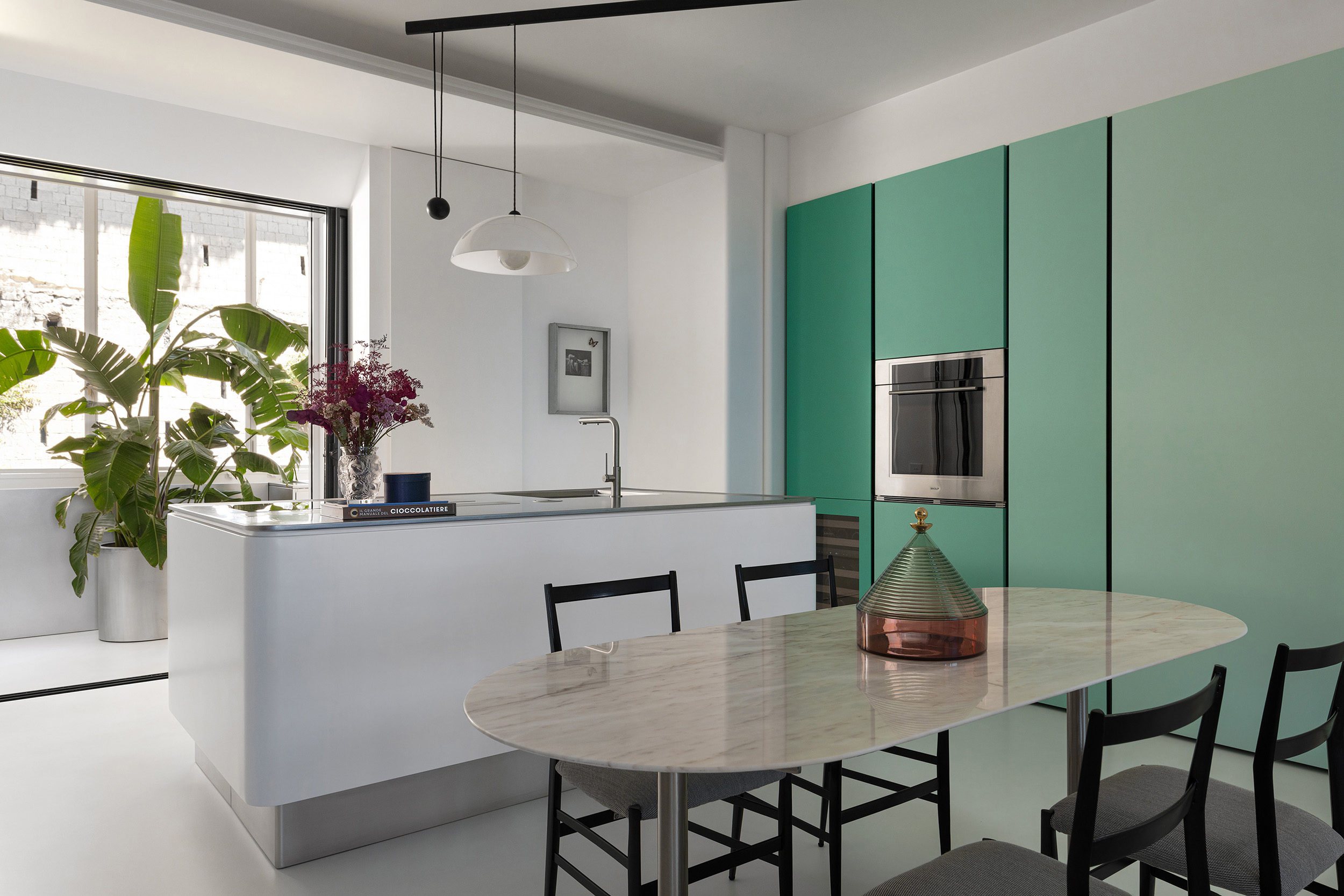
We met up with Giuliano Andrea dell’Uva, one of the most sought after Italian architects and interior designers. Neapolitan by origin, after graduating in architecture from the University of Naples Federico II, he founded the firm Giuliano Andrea dell’Uva Architetti in Naples.
His designs can be found throughout Italy and all over the world: “from Milan to Hong Kong, from Capri to Salento”, he says.
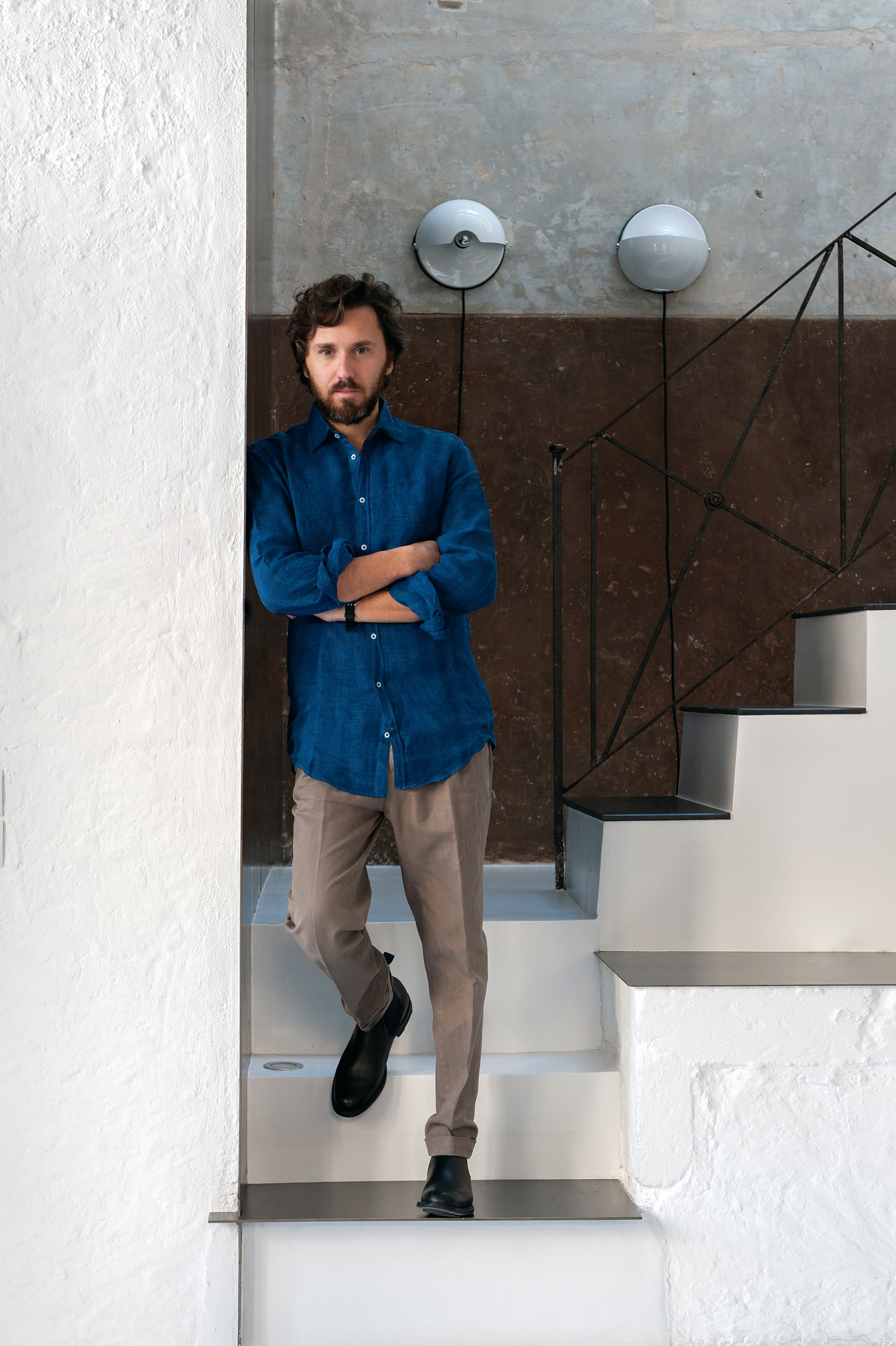
Among his works we find luxury homes, villas and apartments of all types, but also shops, boutique hotels, lounge bars and cafés.
When we ask him which design he feels most attached to, Giuliano Andrea dell’Uva hesitates to answer, almost as if to say “I love them all…”. But then he mentions the recovery of the former Cirio factories, now transformed into laboratories for the construction of the sets of the Real Teatro di San Carlo in Naples.
Each of his works is distinguished by almost “obsessive” attention to detail and the careful selection of furnishings. But also by his great attention to the “genius loci”: the history, culture and traditions of the places where the dwellings are located.
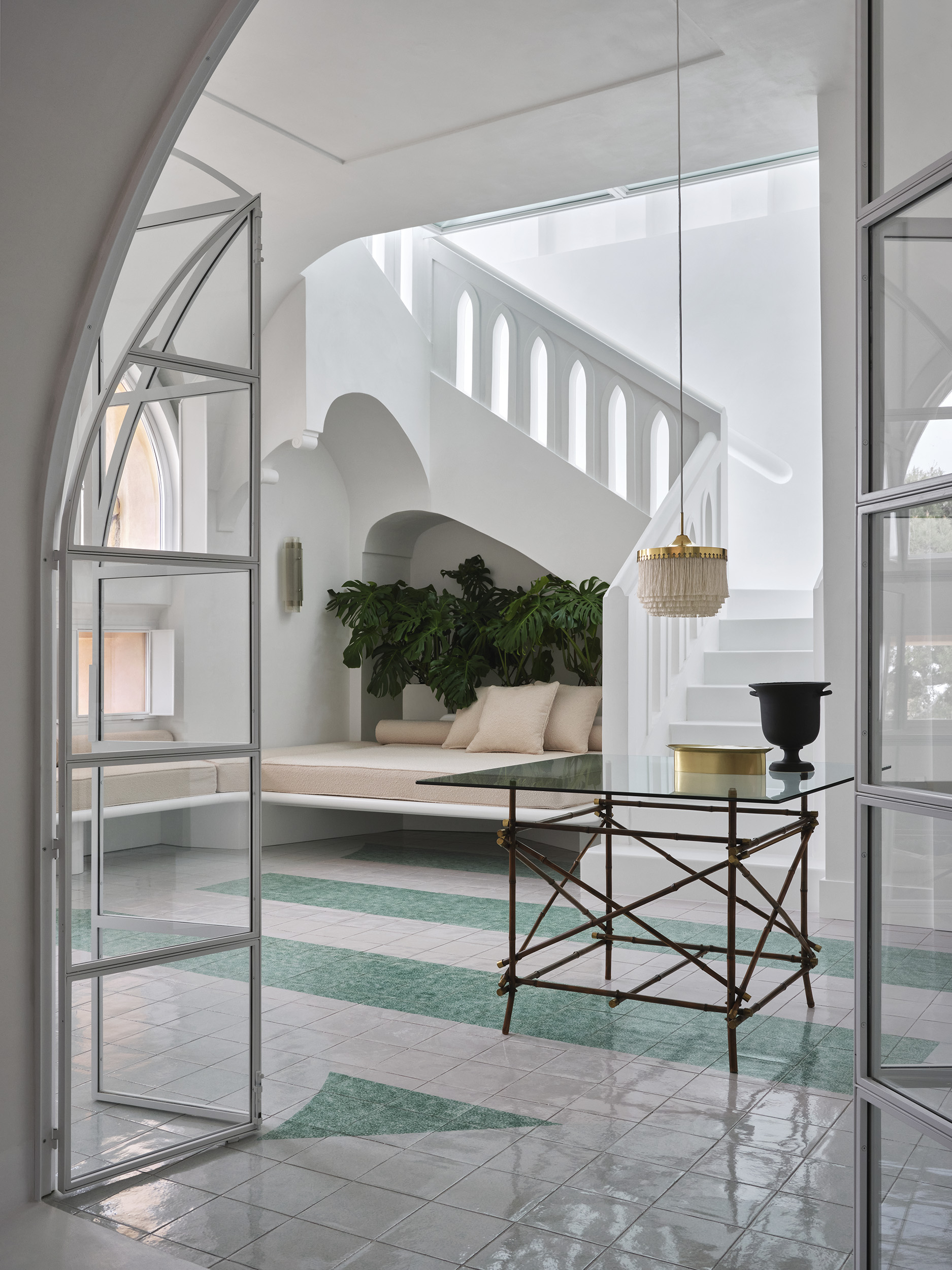

For several of his residential projects, the architect has chosen Abimis designer kitchens. Kitchens of professional origin, made of stainless steel, which offer very high performance levels and which can be customised down to the centimetre based on the space, the style of the house and the aesthetic choices of the designer.

We asked Giuliano Andrea dell’Uva to reveal something about himself, his designs and his “preferential relationship” with Abimis. Here’s what he told us…
Abimis: How would you define your style?
A.G. Dell’Uva: I wouldn’t define my working approach as a real style, in general I’m very eclectic.
I like to be inspired by the context and architecture in which my design is to be placed… and I start from there to create something that is always new.
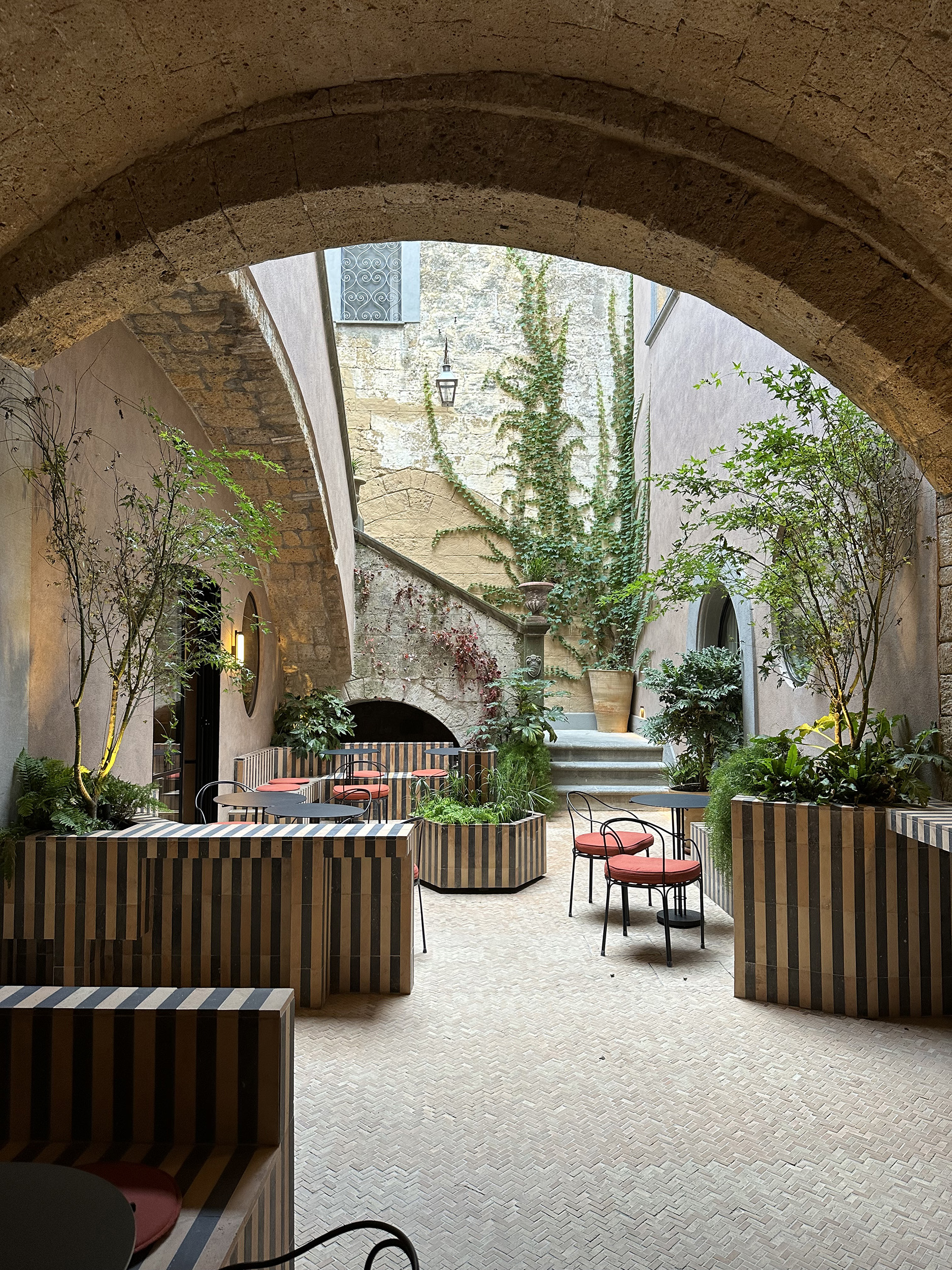
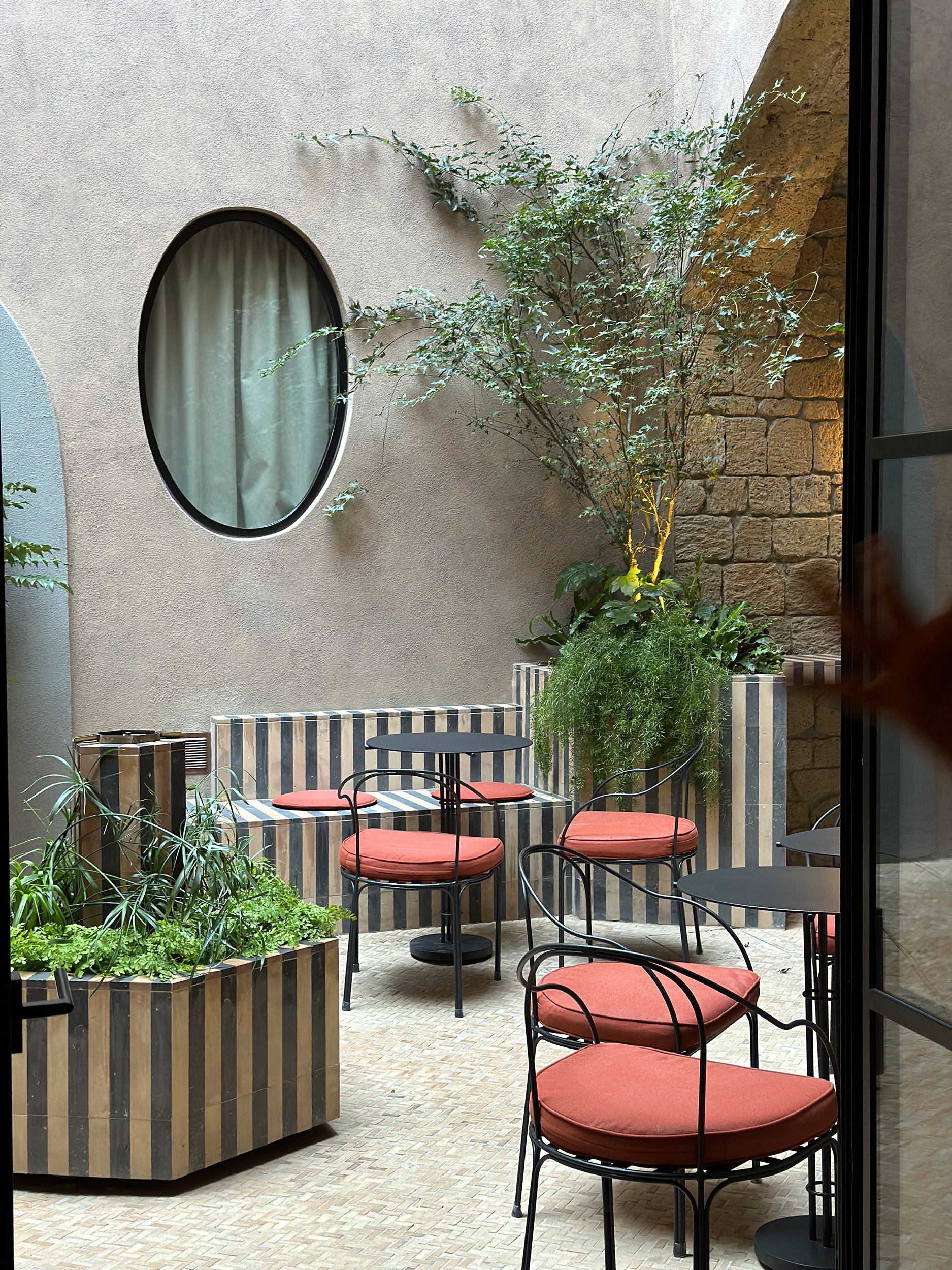
In general I like there to be quality furniture and objects in houses bearing witness to different historical periods. This was what it was like in the family homes where I grew up and I like to respect the past without deleting it.
Abimis: Over the years you have created houses of different styles and types. But what’s the house where you live like?
A.G. Dell’Uva: Each house represents a new story to tell and consequently, a new family (or a single person) to live in new designed spaces.
My house in Naples is in a fascinating old eighteenth-century building. It has five-metre high ceilings and many outdoor spaces to enjoy as though they were a garden.
I have left the signs of time, saving ancient painted murals that the 1800s residents created to decorate the house. My house goes on living and evolving.
Abimis: And how have you furnished your kitchen in particular?
A.G. Dell’Uva: The kitchen is very important in my home; it is a space where you can also sit to have lunch.
I admit that I don’t know how to cook at all, but my wife Andrea is an excellent cook, and we always love having lots of guests.
Our kitchen has an island: a rigorous block of black granite into which I have built a support table made of breccia medicea and a sink in Alpine green marble.
I wanted it to communicate with the wall, which was painted in the first half of the 1800s with an “imitation marble” effect.
Abimis: How do you always manage to interpret and translate specific customer requests into interior designs?
A.G. Dell’Uva: As always, it is the house that inspires the design. I share with clients the choices that are the result of extensive research of my firm.
The design becomes exciting for clients and for us designers.

Abimis: In your opinion, what is the importance of the kitchen within the domestic environment and which elements do you consider fundamental in designing a kitchen?
A.G. Dell’Uva: I used to love open kitchens very much, but lately I prefer them not to be the main feature of the house. I like seeing them but I don’t like hearing the annoying noises that come from moving plates and cutlery. So, a partition door is essential for me.
Then I like kitchens to be technically impeccable in terms of materials and to be durable over time.
I love the kitchens that Luigi Caccia Dominioni drew in his designs. I’ve been lucky enough to see lots of them and even after years they’re still perfect, elegant and at the same time very technical. They are made of durable materials and can be considered perfect evolutions of historical kitchens.
Abimis: For your designs, you’ve often designed stainless steel kitchens. Why have you chosen this material in particular?
A.G. Dell’Uva: I like to see a solid and resistant kitchen where it’s possible to move around freely.
Without having to worry about making a stain by simply putting down a glass or causing any scratches.
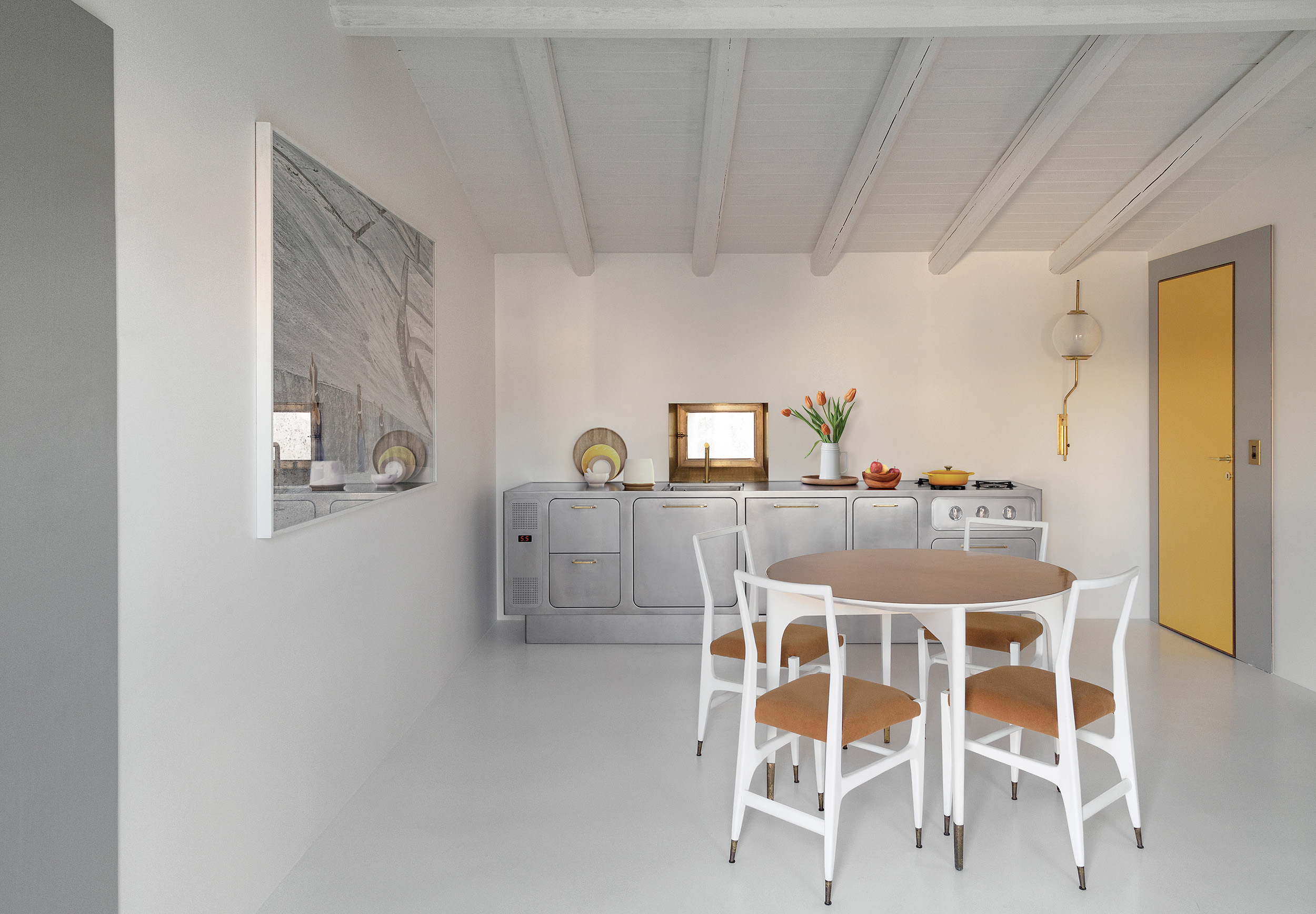
Abimis: How did you get to know Abimis and what made you choose it as a partner for the kitchens in your designs?
A.G. Dell’Uva: I met Abimis thanks to a customer who was so satisfied with the company (she also had an Abimis kitchen in another of her previous homes), she didn’t want to consider any other brand for the new house I was designing for her!
Abimis: What are the distinctive strengths of Abimis, the ones you think are crucial for your interior design projects?
A.G. Dell’Uva: In general I don’t like industrial kitchens because they tend to limit the designer’s freedom of expression. But Abimis actually gives me total freedom. An Abimis kitchen is part of the stylistic design of the environment and at the same time it has great solidity. And customer satisfaction is confirmation of this.
Many companies make kitchens that in the end all look very similar to one another. But Abimis isn’t like this.
Abimis: Can you tell us more detail about the client’s requirements and the solutions you found in the design for the house in Naples and the one in Lecce, for which you chose two Abimis kitchens?
A.G. Dell’Uva: They are two very different houses.
The Naples design is set in 1950s architecture and is by a pupil of Le Corbusier.
It is an architectural project based on curved, enveloping lines.
I wanted the block to have an irregular shape and fit into the environment.
We decided to leave only the top with a brushed steel finish, whereas the rest was lacquered white.
I designed a very light kitchen to communicate with the setting. With the furniture designed by Gio Ponti and the wood panelling in different tones of green.


In Lecce, on the other hand, in the museum house of Palazzo Luce, the kitchen is a feature.
It’s almost part of the set-up. The brushed steel and brass details recall the nearby lamp designed by Caccia Dominioni.
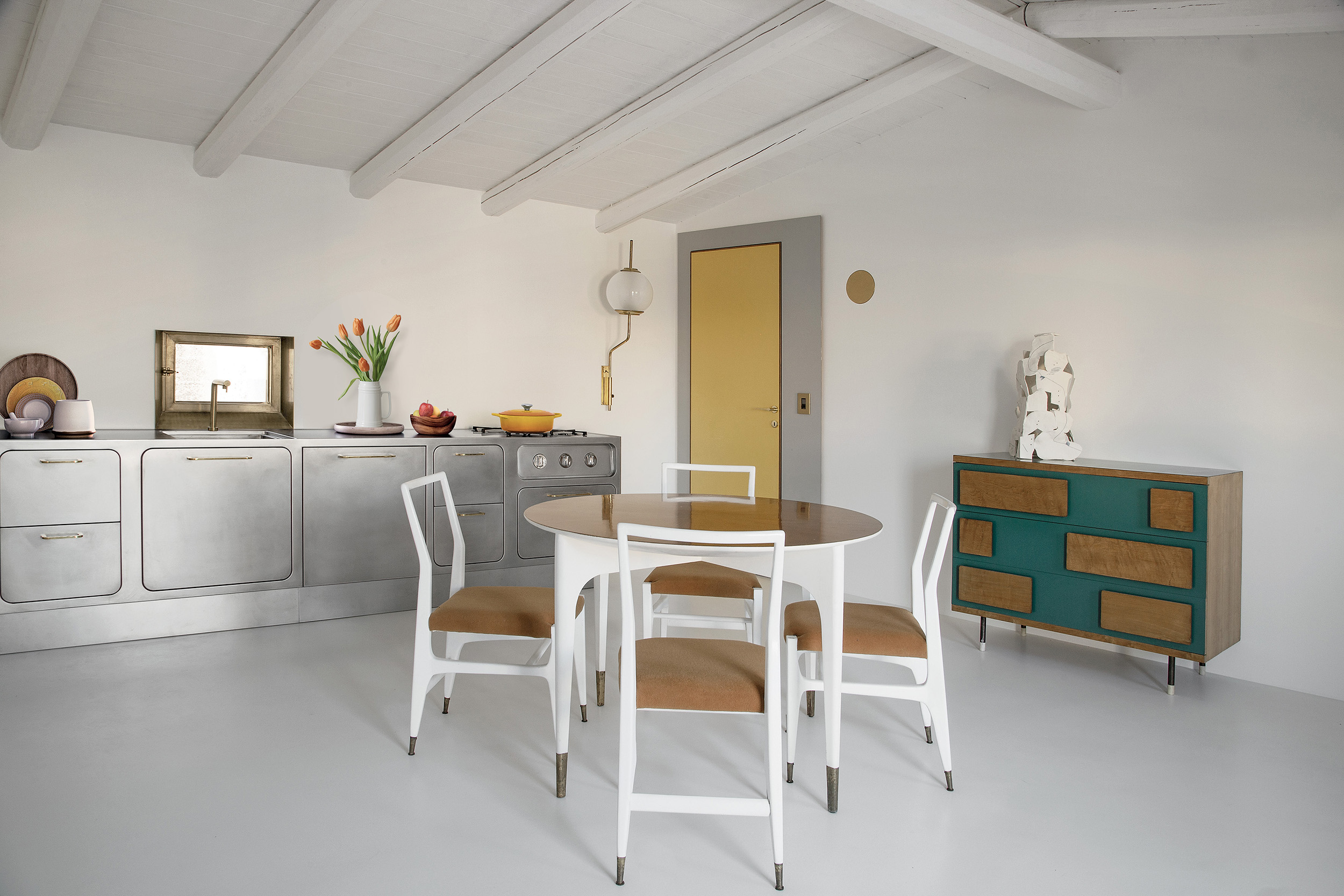
The result is an elegant block set in a light context with the authority of being not an actual kitchen but a piece of artisan design.
Abimis: Define Abimis in 3 words…
A.G. Dell’Uva: Solidity, right proportions, inimitable
Giuliano Andrea dell’Uva Architetti
Via Monte di Dio 54, Napoli
www.giulianoandreadelluva.it

